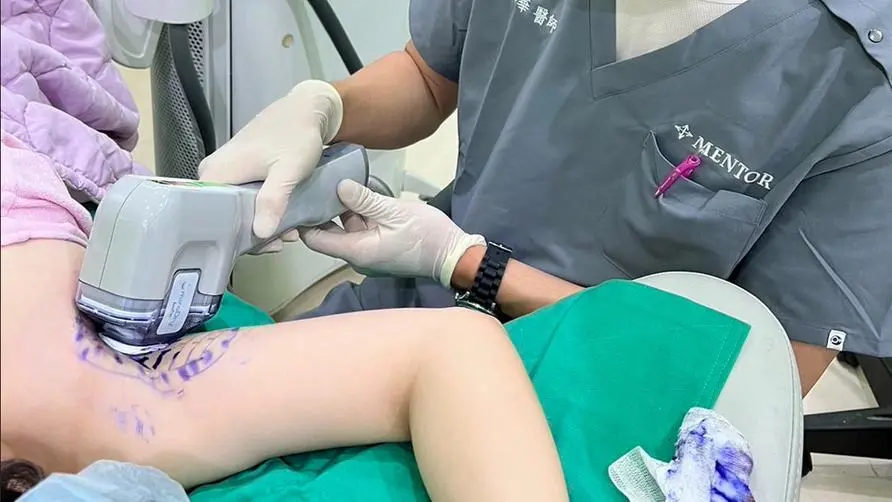Is the old man moaning for nothing if he keeps complaining about pain? Is there any other treatment for "chronic pain" that Taiwanese people have ignored for a long time besides surgery?

Why is chronic pain linked to depression? Which chronic diseases most commonly cause depression
People who suffer from frequent pain often have problems such as sleep disorders and poor work efficiency, so others may wonder why this person is often irritable. Moreover, patients with chronic pain (more than three months) will have lower and lower body thresholds for pain, making them more susceptible to pain and the drugs will easily lose their original effect. Eventually leading to various disabilities such as being unable to work or participate in social activities.
Depression and chronic pain often go hand in hand. We often observe a phenomenon called “somatization syndrome” in patients with depression. There is no obvious cause but the patient can clearly feel pain. This symptom is difficult to distinguish from another type of “fibromyalgia”. Fibromyalgia (commonly known as princess disease) is a chronic pain disease for which the exact cause has not yet been found. It often circulates among various departments but becomes increasingly serious. , also often develops into melancholy. Therefore, in the face of such patients, careful observation and rigorous diagnosis are very important.
Because most of my patients are elderly people over 65 years old, older patients are often ignored by their caregivers when their emotional disorders first appear because of their poor expression skills. They will only express various discomforts frequently, which makes their family members feel uncomfortable. It feels like he (she) is moaning for no reason. But in fact, the physical pain associated with chronic diseases is one of the main causes of depression in the elderly.
How is chronic pain typically measured? Do Taiwanese people ignore the problem of chronic pain?
For non-cancer chronic pain, the pain associated with cancer is difficult to suppress with non-morphine analgesics. However, long-term use of a single morphine analgesic is not only easy to be ineffective, but also has side effects such as constipation and respiratory depression. Therefore, it is not suitable for cancer patients. Pain medication is usually adjusted in a step-by-step manner (non-opioid and low-dose powerful opioids, etc.), and the medication is used strictly in accordance with the doctor’s instructions.
Compared with the commonly used visual assessment methods for acute pain, for chronic pain we pay more attention to the patient’s psychosocial function. For example, the Brief Pain Inventory includes self-assessment of the patient’s social and sleep conditions. In addition, the field of migraine also attaches great importance to patients’ self-recorded pain diaries, and will also use this diary to decide whether to use drugs covered by health insurance. Quality of life will also be assessed using the EQ-5D-5LD Healthy Life Quality Questionnaire after treatment.
Because many patients with chronic pain and their caregivers focus on finding a once-and-for-all treatment, they are often frustrated and depressed. Without adequate emotional support, it is easy to develop depression or even depression. Therefore, if you have pain problems for more than three months and still have no obvious feeling of improvement, and you also find that you have insomnia, irritability, and are gradually alienated from your family and friends, it is recommended to consult a pain department or a psychiatric department as soon as possible.
What are the control and treatment options for chronic pain? Can non-drug treatments help too?
In recent years, many brain science studies have shown that the relationship between depression and chronic pain involves many complex inflammatory reactions in the brain. More than 80% of chronic pain patients have symptoms of depression. Therefore, pain doctors often use drugs that regulate nerve conduction such as dopamine and serotonin to improve pain.
Ongoing research has also found that proper supplementation of EPA/DHA can increase anti-inflammatory resolvins in the body, supplementation of B complex can help repair peripheral nerve damage, and even selenium supplementation can be used to treat post-herpetic neuralgia. . These auxiliary therapies can effectively increase the effect of traditional treatments. If necessary, you can discuss it with a pain doctor.
For patients with neuralgia, neuromodulation block surgery can be considered. Through the guidance of an X-ray machine or computerized tomography, a guide needle is placed on the nerve to be blocked or regulated, thereby improving neuralgia. This treatment has a wide range of uses, including back pain, cervical pain, trigeminal neuralgia, and post-herpetic neuralgia.
Finally, if you encounter pain that cannot be improved by surgery or morphine drugs, you can consider implantable neuromodulators to directly block the intensity of pain signals entering the central nervous system. In addition, if there are patients who are disabled due to severe nerve damage, there are also clinical trials of regenerative medicine for stem cell therapy. Pain treatment is really changing with each passing day. I hope everyone will pay more attention to patients with chronic pain around them and provide encouragement and support to avoid regrets.
Further reading:





